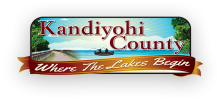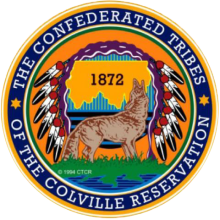Kandiyohi County, Minnesota Eyes Combination of Grants To Fuel Fiber Expansion
Like numerous U.S. counties, large segments of Kandiyohi County, Minnesota (pop. 44,000) lack access to affordable Internet service at modern speeds. So like many underserved communities, the county—situated about ninety miles west of Minneapolis—is looking to take advantage of a once-in-a-lifetime collision of funding opportunities to help finance a massive fiber broadband expansion across numerous county townships.
A recent survey by the county unsurprisingly reveals that residents are greatly annoyed by the lack of affordable Internet access options, with 64 percent of locals saying they’re dissatisfied with the Internet service provided by regional monopolies.
Ten Projects on Tap
Hoping to address the shortcoming, Kandiyohi County and the City of Willmar Economic Development Commission have been working on ten different projects to shore up Internet access around the county.
Some of the proposed projects involve partnerships with national monopoly providers like Charter Communications, but others will involve the county and a local cooperative doing the heavy lifting. The county had hoped to fund the projects with a combination of subscriber fees, American Rescue Plan funds, NTIA grants, and upcoming Minnesota state grants.
The first major project closest to being “shovel ready” is a $10 million fiber-to-the-home (FTTH) project in partnership with the Federated Telephone Cooperative of Morris. Federated is expected to finance twenty-five percent of the overall project, with new subscribers expected to pay about $1,250 per household to connect to the gigabit-capable network.



